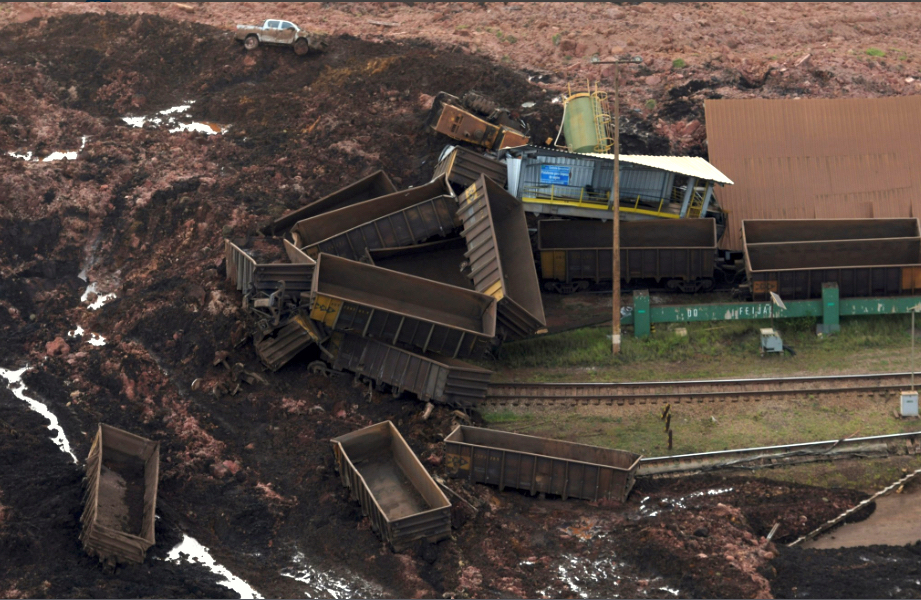
The response to the horrendous dam collapse at a mine owned by Brazil’s Vale has focused on iron ore prices and how a disaster that will likely claim more than 300 lives occurred, and what must be done to make sure this doesn’t happen again.
These are valid concerns, but the risk of focusing on the immediate issues is that the much larger problems of the mining industry are once again glossed over. Namely that miners aren’t trusted and suffer from a serious image problem.
Mining runs the risk of suffering what happened to the oil industry, where international majors went from a dominant position to one where state companies produce the bulk of crude.
It may seem somewhat trivial to talk about image in the face of such a human tragedy, but mining’s poor image across a range of stakeholders is the major issue for the industry.
If mining has a poor safety and community image, it becomes “uninvestable”, to use the words of a senior global banker, talking at the 121 Mining Investment event in Cape Town this week, held under Chatham House rules.
If investors don’t want to commit funds to the industry because of fear over damage to their own image from poor mining practices, then the industry will be starved of capital.
Lack of capital means it becomes harder and harder to get new mines built or exploration drilling undertaken. There is also the risk of a cascade of negative outcomes for mining.
If major banks and pension funds make it clear they are withdrawing from investing in mining companies, it’s likely share prices will suffer, leading other investors to withdraw funds, even if they don’t have quite the same moral qualms.
It goes further than just losing sources of capital, with mining companies already struggling to attract younger workers.
A common theme at the Investing in African Mining Indaba, a second event in Cape Town this week and one of the biggest such conferences worldwide, was a lament from company executives that members of the millennial generation – roughly in their early 20s to mid-30s – show little interest in mining, preferring more trendy industries, such as technology and digital solutions.
The fact that mining is increasingly turning to digital applications and that mines of the future will bear little resemblance to current operations is not resonating with younger workers, largely because of the industry’s image, rather than its substance.
Mining companies also have a global image problem, with many increasingly nationalistic governments wanting to extract more value from their mineral resources.
Mining companies push back against higher royalties, or other forms of contribution such as underwriting new infrastructure, largely because they boost costs and cut profits.
But by becoming unpopular in countries where they operate, longer term costs may be ultimately higher for mining companies.
Mining runs the risk of suffering what happened to the oil industry, where international majors went from a dominant position to one where state companies produce the bulk of crude.
The mining industry appears to be increasingly aware of its image problem, with speakers at both the 121 Mining and Mining Indaba events referring repeatedly to the concept of their “licence to operate”, a term that includes working with local communities, governments and consumers of their products.
Miners are keen to brand themselves as part of the green energy revolution, since mining provides the metals and energy needed to make the renewable technologies that aim to replace the burning of fossil fuels.
But the problem for miners is convincing an increasingly sceptical public of how necessary their industry is.
Part of this is that the greener part of mining is still struggling to disassociate itself from the dirty part. In other words, lithium, cobalt and copper miners still get lumped alongside coal miners.
Iron ore miners now are at risk of moving into the space occupied by coal, as public distrust and distaste will be ramped up after the tailings dam collapse at Vale’s Corrego do Feijao mine.
The industry needs to do more than just recognise its image problems, it needs chief executives to make presenting and promoting a better picture their top priority, not just something they pay lip service to before handing off to junior, under-resourced public relations teams.
(By Clyde Russell; Editing by Tom Hogue)
Click here for complete coverage of the dam burst at Vale’s Córrego do Feijão mine